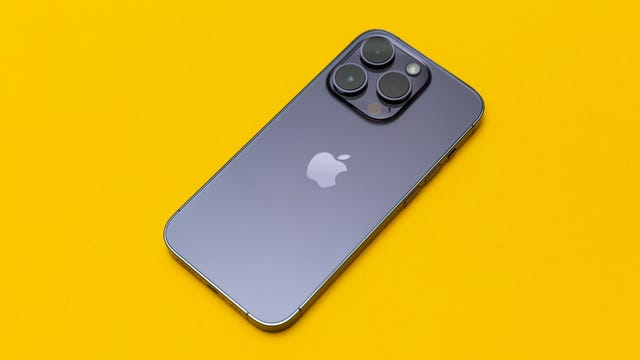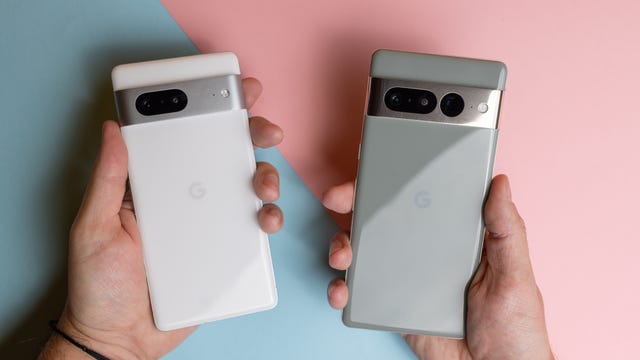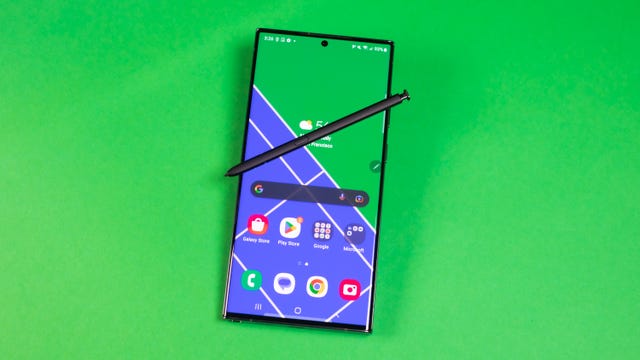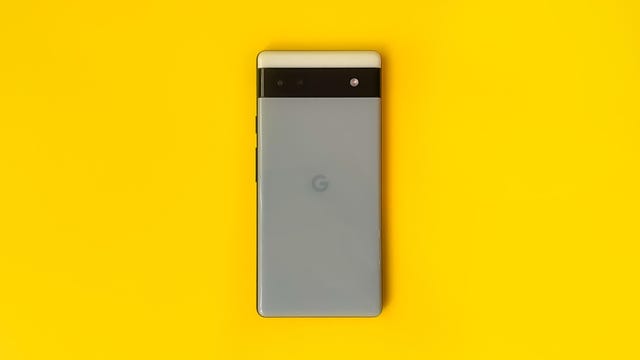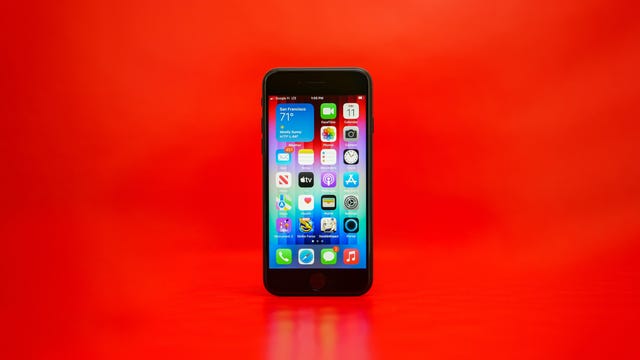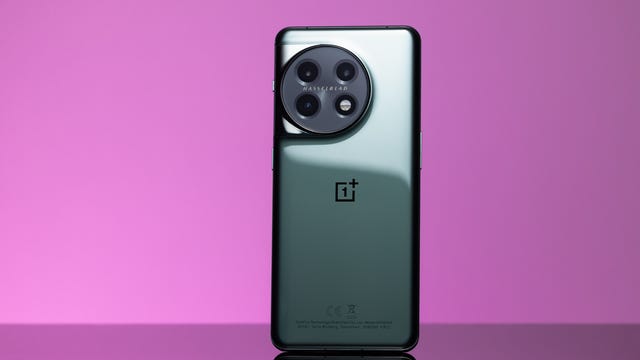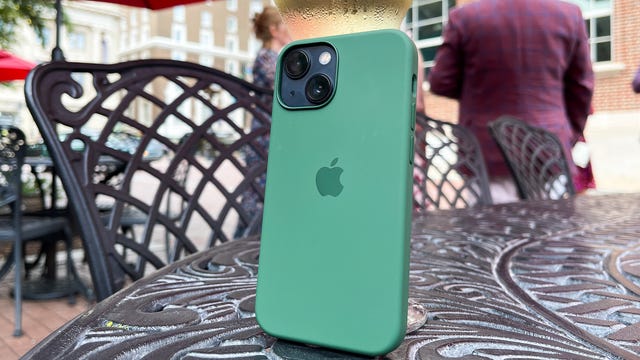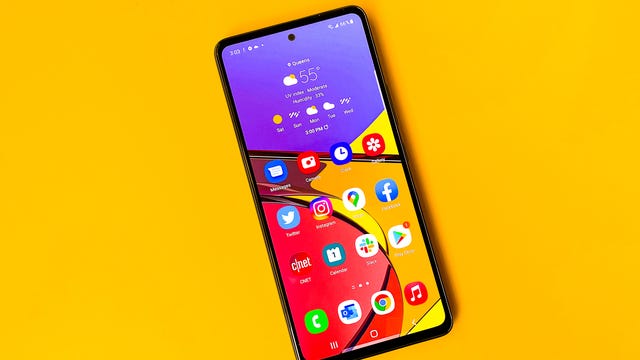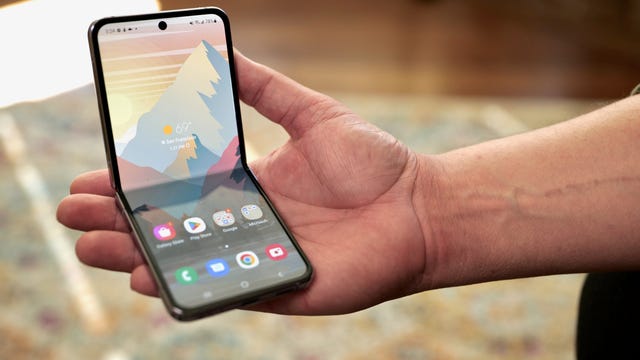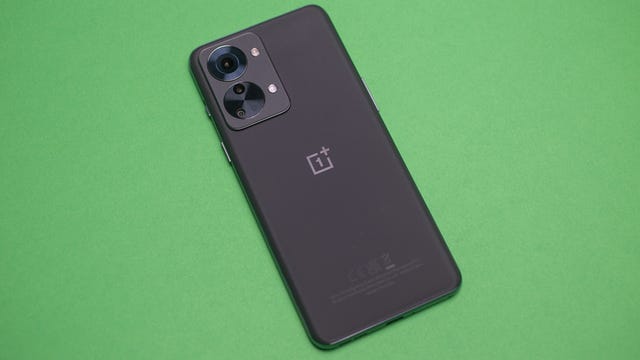Technologies
Best 5G Phones of 2023
Looking to get the fastest data possible? We’ve got picks for the best 5G phones out there.
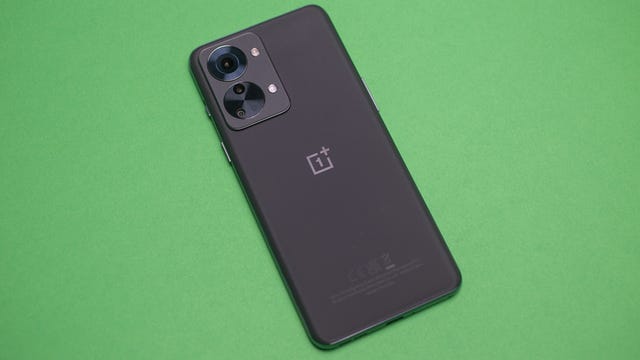
Most of the latest flagship phones from Apple, Samsung and Google — including the iPhone 14, iPhone 14 Pro, the Galaxy S23 range, the Pixel 7 and Pixel 7 Pro — are 5G-ready in order to deliver the fastest data speeds possible across your wireless network. And while they tend to be pricey, there are plenty of affordable 5G options like the Google Pixel 6A and Apple’s cheapest, the 2022 iPhone SE. Rest assured, you should be able to find a good 5G-ready phone at a price you’re comfortable with.
Though it won’t replace 4G in its entirety, 5G is the next generation of mobile connectivity. 5G works fast, and many industries and products can benefit from the upgraded network, including drones, self-driving cars and internet-of-things devices. Its growth across the US, the UK and the wider world has been fast, but it’s still not everywhere quite yet, so make sure 5G coverage is available — or at least coming soon — in your area before you spend your cash on a 5G-enabled handset.
Remember that a 5G phone will still work as normal on a 4G network (albeit at lower speeds), so don’t be afraid of buying a 5G phone like the S23 Ultra or iPhone 14 even if you aren’t in a 5G zone. It’s good practice to future-proof yourself; you may not be in a 5G zone right now, but it may well be that 5G will come to your area in the three years or so you have your phone, so at least you’ll be ready to take advantage of it when it arrives.
Advertiser Disclosure
With 5G handsets being offered by every major phone manufacturer now, it can be difficult to work out which is best for you. We’ve done some of the hard work and put together a list of our top 5G-enabled phones that you can go and buy right now.
What is the best 5G phone right now?
In 2023, there isn’t one specific phone that stands conspicuously head and shoulders above the others. If you’re an iOS user the best phone you can buy is the iPhone 14 Pro. It has an A16 Bionic processor, a new main camera with a larger and higher megapixel sensor, and the Dynamic Island, a display cutout that shows system alerts and background activities.
If you’re on Android, our favorite phone is the Google Pixel 7 Pro. We like it better than the Samsung Galaxy S23 Ultra mainly because, at $899, the Pixel 7 Pro costs $300 less than the S23 Ultra. The Pixel has an upgraded camera, runs on Google’s Tensor G2 chip and comes with exclusive goodies like Photo Unblur.
Best 5G phones of 2023
Apple’s iPhone 14 Pro and Pro Max introduce a variety of changes, like the Dynamic Island instead of the old notch, a new 48-megapixel camera system that’s seriously impressed us, and the new A16 Bionic processor. All these upgrades come together to make for an experience that feels fresh and fast compared with older generations.
It’s the most expensive iPhone you can buy, especially if you opt for the larger Max version, but if you want the high performance and stellar camera quality of Apple’s top phone, then the iPhone 14 Pro is for you.
Google’s Pixel 7 range has seriously impressed us with the combination of a slick refreshed design, superb cameras and a smooth overall experience which makes both these phones a joy to use. At $599 the base Pixel 7 is an affordable option for those of you looking for a solid Android phone for all of your everyday needs.
The Pixel 7 Pro has a larger $899 price tag, for which you get a larger display and a more fully-featured camera system that includes a superb telephoto zoom lens. Otherwise its processor and interface is the same as the cheaper model, so it’s worth considering how important the extra camera features are.
The Galaxy S23 is a lot, but in a good way. It’s more than most people need in a phone, but that doesn’t make it any less impressive. Samsung made improvements to the camera’s resolution (200 megapixels compared to 108 megapixels), color tones and dynamic range, while retaining the same edgy design and massive 6.8-inch screen as its predecessor. There’s also a new Qualcomm Snapdragon 8 Gen 2 processor that’s been optimized specifically for Samsung’s phones, which brings faster performance compared to the Galaxy S22 Ultra.
With a starting price of $1,200, it may be an understatement to call this phone expensive. But those willing to pay more for a giant screen and a high-quality, versatile camera won’t be disappointed. Read our full review of the Galaxy S23 Ultra.
The Pixel 6A is Google’s most affordable phone, replacing the Pixel 5A as the $449 device in its lineup. CNET’s Lisa Eadicicco called it the «best Android phone under $500» in her Pixel 6A review, calling out how it keeps the same Tensor chip seen in the $599 Pixel 6 and many of its features.
The phone is slightly smaller than the Pixel 6, featuring an 6.1-inch OLED display and a refresh rate of 60Hz. And it has a similar camera to the Pixel 5A, including a 12.2-megapixel main camera and a 12-megapixel ultrawide camera. But by including the Tensor chip, photos can benefit from its Real Tone skin tone feature, Face Unblur, Night Sight for darker photography and the Magic Eraser for removing unwanted elements from a photo.
The iPhone SE may be the cheapest phone Apple produces, but it still comes with superfast 5G. While it lacks the camera prowess of the much more expensive iPhone 13 Pro, it runs the latest iOS 15 software and uses the same processor found in the higher-end models, making it a great phone for everyday use and light gaming.
The $700 OnePlus 11 is a powerful phone that’s well equipped to handle gaming, video streaming and other common tasks. In typical OnePlus fashion, this phone is also cheaper than the Galaxy S23 and Pixel 7 Pro. The cameras aren’t the best, but they’re fine for casual photographers that just want to capture their next vacation or a night out. What sets the OnePlus 11 apart from many of its rivals is its blazing fast 100-watt fast charging, which can replenish the battery in just 25 minutes. (The US version only supports 80-watt charging, but that’s still an improvement over the Galaxy S23 Ultra’s 45-watt charging). Overall, the OnePlus 11 is ideal for those who want a powerful phone that charges quickly and won’t break the bank. Read our full review of the OnePlus 11.
Although Apple’s new iPhone 14 range didn’t bring with it a new iPhone Mini, it has resulted in last year’s iPhone 13 Mini being offered at a lower $599 starting price. If you’re someone who prefers smaller, pocket-friendly devices, this is a good option to consider. The 6.1-inch iPhone 13 Mini is easy to use with one hand and even fits into tight jean pockets. While battery life isn’t as strong as others in the range, this petite Apple iPhone doesn’t sacrifice on camera capabilities or processing power.
Samsung’s new Galaxy A53 5G has a lot to offer for the price. With a spacious 6.5-inch display, a camera with cameras for wide, ultrawide and macro shots and long battery life, it’s easy to forget this phone costs just $450. That also makes it $50 cheaper than its predecessor, and Galaxy A53 5G is guaranteed to get at least four generations of Android updates. It supports all three flavors of 5G: sub-6GHz, C-band and millimeter-wave.
The Z Flip 4 is a phone that folds in half to become a smaller phone. When it’s open, this Samsung Galaxy phone has a big 6.7-inch display, but fold it in half and it becomes a small square that’s easy to slide into a jeans or jacket pocket. This latest generation of Samsung’s compact folding phone brings various refinements to the table including a more robust hinge and improved cameras.
The price for these quirky foldables is still higher than a regular smartphone, so you’re certainly paying a hefty premium for that folding novelty. Still, if you love the idea of having cutting-edge bendable mobile tech in your pocket, the Z Flip 4 is one of the best options to go for right now.
The Moto G Stylus 5G (2022) for $500 is one of the best stylus-equipped phones you can get right now, especially for the price. You get Android 12, 5G connectivity, a large 6.8-inch screen and a spacious 256GB of storage. Unfortunately, the phone is only promised one software update and three years of security updates, which is a much shorter timeline than the four years promised by Samsung for the Galaxy A53.
Yet if you want a stylus-equipped phone, the next step-up option is the substantially more expensive Galaxy S22 Ultra at $1,200. Read our Moto G Stylus 5G review.
OnePlus’s Nord range is sold exclusively in Europe, so people in the US will have to look on envy at this great-performing, budget 5G phone. The Nord 2T has power enough for all your everyday essentials, handles gaming perfectly well, has a decent camera setup for the price and comes with extra features including 80W fast charging, a 90Hz refresh rate and, yes, 5G speeds.
It’s a solid phone to consider if you’re looking for a flagship experience without spending top-end levels of cash.
How we test phones
Every phone on this list has been thoroughly tested by CNET’s expert reviews team. We actually use the phone, test the features, play games and take photos. We assess any marketing promises that a company makes about its phones. And if we find something we don’t like, be it battery life or build quality, we tell you all about it.
We examine every aspect of a phone during testing:
- Display
- Design and feel
- Processor performance
- Battery life
- Camera quality
- Features
We test all of a phone’s cameras (both front and back) in a variety of conditions: from outdoors under sunlight to dimmer indoor locales and night time scenes (for any available night modes). We also compare our findings against similarly priced models. We have a series of real world battery tests to see how long a phone lasts under everyday use.
We take into account additional phone features like 5G, fingerprint and face readers, styluses, fast charging, foldable displays and other useful extras. And we, of course, weigh all of our experiences and testing against the price so you know whether a phone represents good value or not.
Read more: How we test phones
5G phone FAQs
Are 5G phones more expensive?
Yes. As more and more phones are released that support 5G connectivity, the prices of those phones have typically gone higher. Part of the increase in price is for the 5G modem. And while the majority of phones now include 5G connectivity, not every phone’s price has risen. The iPhone 14 Pro still has the same $999 price that the 13 Pro, 12 Pro, 11 Pro, XS and iPhone X had when each was released.
Is a 5G phone better than a 4G phone?
Technically, no. A smartphone’s cellular connectivity doesn’t really determine whether a phone is better than another. Having 5G support on a phone does help future-proof it as carriers continue to roll out and upgrade their towers to 5G. Since the majority of phones now come with 5G support, there really isn’t a way to compare them to 4G ones. For example, the iPhone 14 Pro supports 4G and 5G. There isn’t a 4G-only version in the US.
More phone advice
Technologies
Meta Allegedly Profited by $16B From Scam Ads. US Senators Demand FTC, SEC Probe
The lawmakers say Meta’s platforms may be implicated in «about a third of all US scams» and linked to more than $50 billion in consumer losses last year.
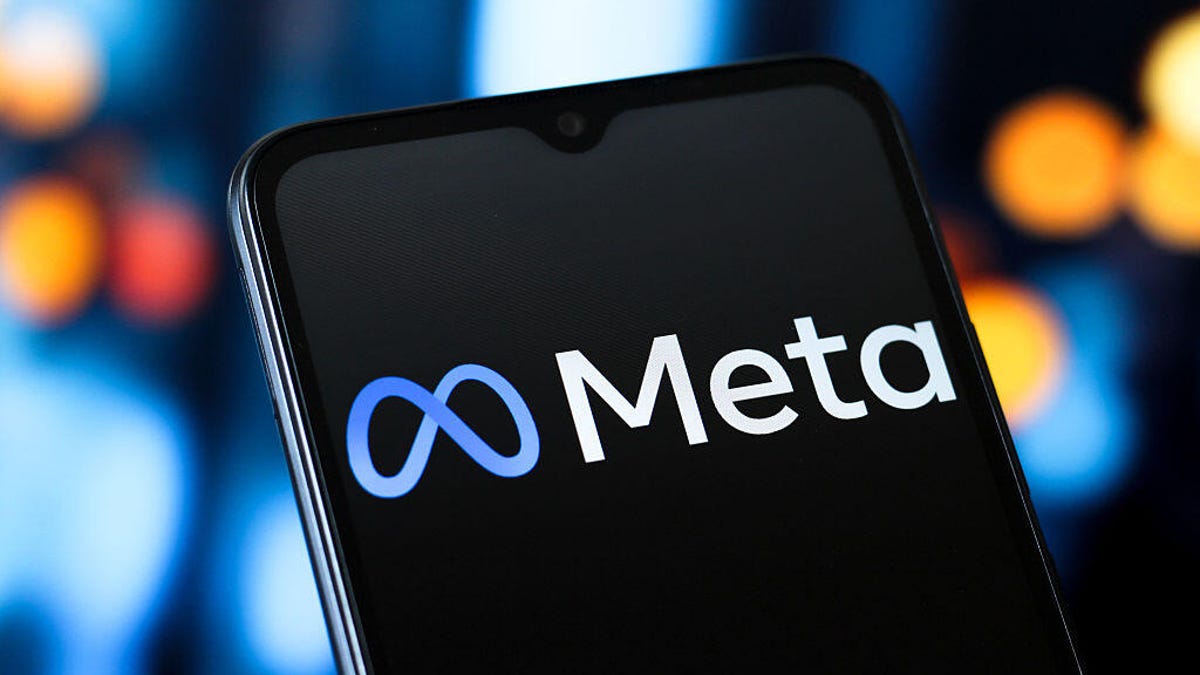
US Senators Josh Hawley and Richard Blumenthal are calling for an investigation into Meta over its alleged role in profiting from scam-laden advertisements on Facebook and Instagram. The demand follows a Reuters investigation reportedly based on internal Meta documents that estimated that nearly 10% of Meta’s 2024 revenue — about $16 billion — came from alleged «illicit advertising.»
In a letter to the Federal Trade Commission and the Securities and Exchange Commission, the lawmakers urged regulators to «immediately open investigations and, if the reporting is accurate, pursue vigorous enforcement action … to force Meta to disgorge profits, pay penalties and agree to cease running such advertisements.»
One document reportedly alleged that Meta earned $3.5 billion in just six months from what it classified as «higher-risk» scam ads.
The same internal records reportedly suggested that many ads allegedly violating fraud rules were permitted to run because they «did not apply to many ads… [that staff] believed ‘violated the spirit’ of its rules against scam advertising.»
Meta denies all of these allegations.
Read also: Meta’s All In on AI Creating the Ads You See on Instagram, Facebook and WhatsApp
Don’t miss any of our unbiased tech content and lab-based reviews. Add CNET as a preferred Google source.
Why this matters for you
The scale of this alleged fraud raises serious concerns about Meta’s business model. Many question whether the company is doing enough to police its ad ecosystem, given that a major revenue stream appears to be tied to deceptive or outright fraudulent campaigns.
The senators allege that Meta’s lax enforcement — combined with the continued presence of gambling ads, payment scams, political deepfakes and other dangerous content in its public Ad Library — underscores significant risks.
In their letter, Hawley and Blumenthal highlighted that reducing reports of scam ads by 58% over 18 months — as Meta says — may not tell the whole story. They pointed to broader trends that, according to their own reading of the documents, Meta’s platforms may be allegedly implicated in «about a third of all US scams» and linked to more than $50 billion in consumer losses last year.
Read more: What Is Meta AI? Everything to Know About These AI Tools
What Meta is saying
Meta responded defensively to this call for investigation.
Meta spokesman Andy Stone criticized the senators’ allegations as «exaggerated and wrong,» insisting that the company «aggressively fights fraud and scams because people on our platforms don’t want this content, legitimate advertisers don’t want it, and we don’t want it either.»
Ongoing misinformation on Meta platforms
Among the more provocative allegations is that some of the scam ads impersonate government figures or political leaders. The senators point to specific examples, including a bogus advertisement that falsely claimed President Donald Trump was offering $1,000 to food assistance recipients.
They also raise concerns that foreign cybercrime groups based in countries such as China, Sri Lanka, Vietnam and the Philippines could be behind many of the scam campaigns.
In general, the senators’ push for FTC and SEC action seeks accountability for a social media giant whose ad system may be fueling fraud at an unprecedented scale, though Meta publicly underscores its commitment to user safety. With so much of Meta’s business potentially tied to high-risk ads, the outcome of any investigation could reshape not only its practices but also broader regulatory expectations for major tech companies going forward.
Read more: How to Opt Out of Instagram and Facebook Using Your Posts for AI
Technologies
Today’s NYT Connections Hints, Answers and Help for Nov. 25, #898
Here are some hints and the answers for the NYT Connections puzzle for Nov. 25, #898
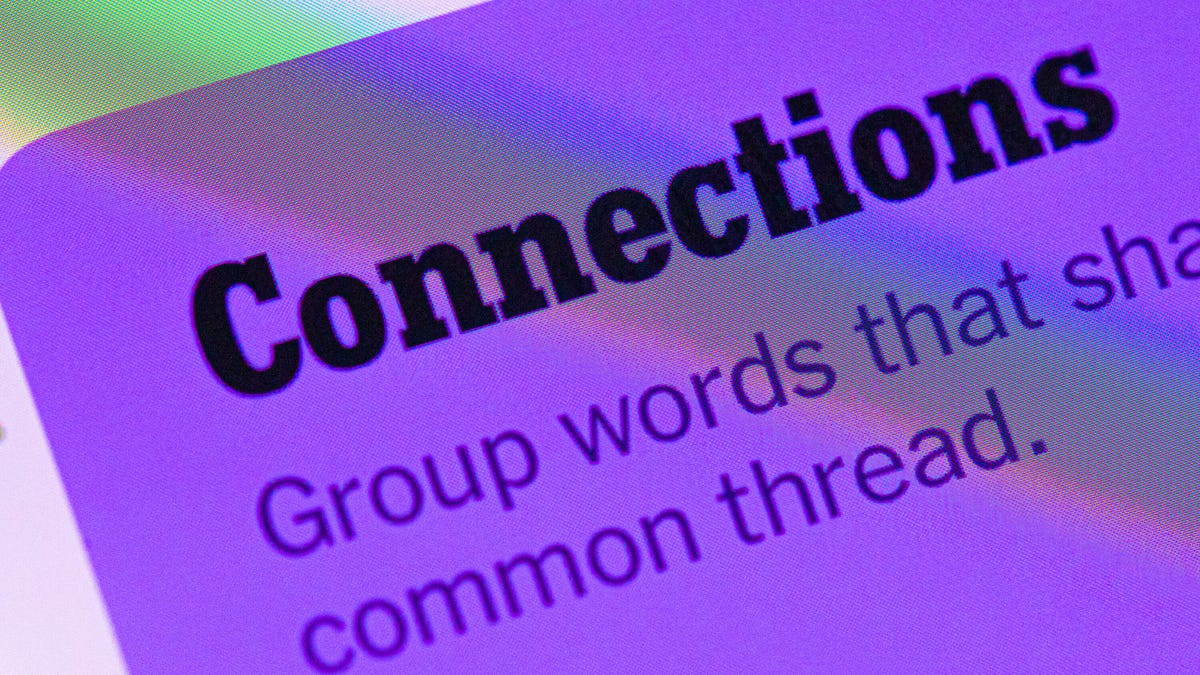
Looking for the most recent Connections answers? Click here for today’s Connections hints, as well as our daily answers and hints for The New York Times Mini Crossword, Wordle, Connections: Sports Edition and Strands puzzles.
Today’s Connections: Sports Edition is both fun and tricky. Think colors, and see if you can find items that share the same color. The purple category wants you to look within four words and find a connecting word hidden in them. If you’re struggling with today’s puzzle but still want to solve it, read on for hints and the answers.
The Times now has a Connections Bot, like the one for Wordle. Go there after you play to receive a numeric score and to have the program analyze your answers. Players who are registered with the Times Games section can now nerd out by following their progress, including the number of puzzles completed, win rate, number of times they nabbed a perfect score and their win streak.
Read more: Hints, Tips and Strategies to Help You Win at NYT Connections Every Time
Hints for today’s Connections groups
Here are four hints for the groupings in today’s Connections puzzle, ranked from the easiest yellow group to the tough (and sometimes bizarre) purple group.
Yellow group hint: Not big.
Green group hint: These things are the same color.
Blue group hint: Itchy!
Purple group hint: They all share words that are positive.
Answers for today’s Connections groups
Yellow group: Small-time.
Green group: Things that are pink.
Blue group: Things you can scratch.
Purple group: Starting with optimistic words.
Read more: Wordle Cheat Sheet: Here Are the Most Popular Letters Used in English Words
What are today’s Connections answers?
The yellow words in today’s Connections
The theme is small-time. The four answers are Mickey Mouse, rinky-dink, trivial and two-bit.
The green words in today’s Connections
The theme is things that are pink. The four answers are Barbie Dreamhouse, calamine lotion, cherry blossom and flamingo.
The blue words in today’s Connections
The theme is things you can scratch. The four answers are bug bite, lottery ticket, vinyl record and your head.
The purple words in today’s Connections
The theme is starting with optimistic words. The four answers are glad-hand, Happy Meal, merry-go-round and sunny-side up.
Technologies
I’m Buying These Headphones for My Gamer Thanks to This Deep Black Friday Discount
SteelSeries headphones are among the top gaming headsets on the market and right now you can score them for as much as half off ahead of Black Friday.
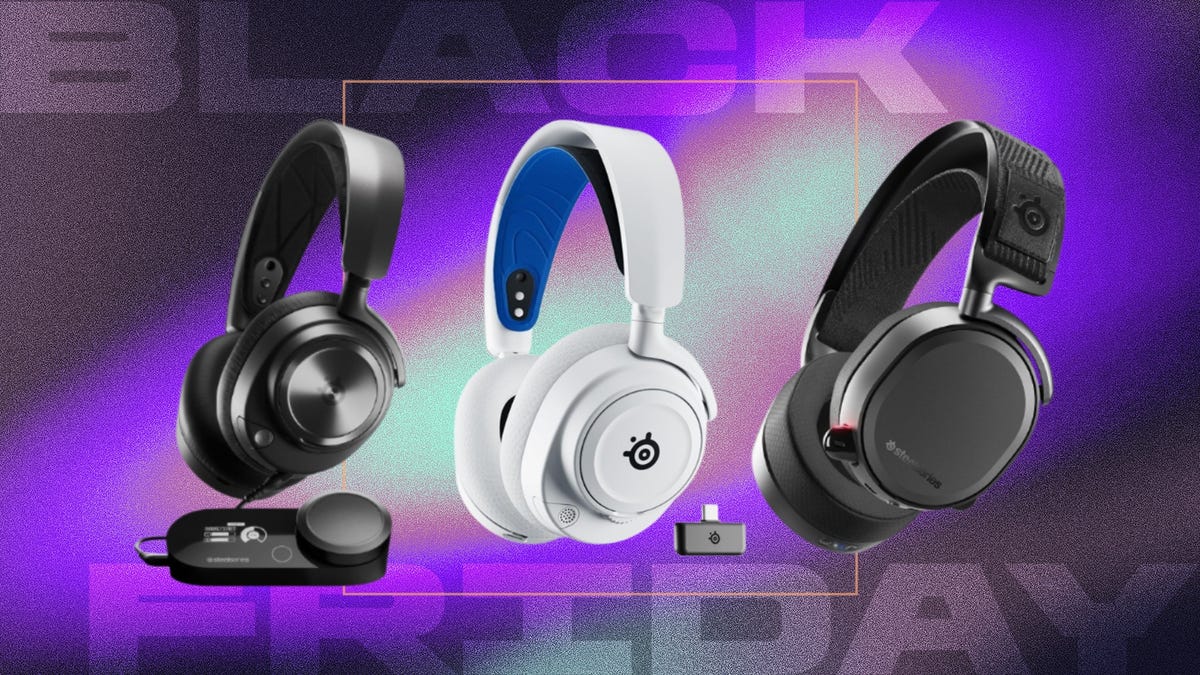
Ready or not, Black Friday is just about here. And Black Friday deals are already popping up on the regular.Here at CNET, we offer our services as dedicated deal finders, scouring the market to curate the best offers for you. We recently spotted some of our favorite gaming headsets on sale at Amazon, some of them for more than half off. We don’t know if these prices will last all the way to Black Friday itself, so if you see something you like, we suggest grabbing it sooner rather than later.
Right now, several SteelSeries’ most popular gaming headsets are seeing nice discounts. I’ve highlighted some of the best offers below, including the ones in my own cart right now, but be sure to check out the Amazon page to see all the options.
First up, the headset in my cart right now as as a holiday gift for my discerning teenage son is the SteelSeries Arctis Nova 3x wireless gaming headset, currently down to just $90, a $20 savings. Arctis Nova 3x comes in blue, black or white and is compatible with Xbox, PC, PS5, Switch and mobile and has a whopping 40-hour battery life. They are lightweight and have a stretchy headband for added comfort.
If you want to go pro, check out the SteelSeries Arctis Nova Pro wireless headset, down to $290 from $380. That’s nearly $100 off a multi-platform compatible headset good for Xbox, Switch, PS5, PS4, PC and mobile. This headset was our sibling site, PCMag’s top pick for best overall gaming headphones. It boasts active noise cancellation, 360-degree spatial audio and a ClearCast Gen 2 mic. Only the black variant is currently on sale at this big of a discount.
Essentially a more affordable version of the above, the Arctis Nova Pro wired headset for Xbox is down to $150, which is $100 off the regular price of $250. This one also got PCMag’s seal of approval for best wired gaming headphones.
Buyers should note that a few of the headsets on sale are renewed, so be sure to double check before buying. We’ve also rounded up the best Black Friday headphone deals if you’re in the market for something for an audiophile near you.
CHEAP GAMING LAPTOP DEALS OF THE WEEK
-
$900 (save $300)
Why this deal matters
Gaming headphones come in a wide range of styles and price points, but the best ones factor in three key components: sound quality, battery life and comfort — those all-night gaming sessions pretty much demand it. Over the years, we’ve tested a ton of brands, and SteelSeries frequently comes out on top, especially for PC and Xbox users. Being able to pick up a pair at a discount makes it a great opportunity to gift or grab a new headset that delivers on comfort, sound and quality.
Join Our Daily Deals Text Group!
Get hand-picked deals from CNET shopping experts straight to your phone.
By signing up, you confirm you are 16+ and agree to receive recurring marketing messages at the phone number provided. Consent is not a condition of purchase. Reply STOP to unsubscribe. Msg & data rates may apply. View our Privacy Policy and Terms of Use.
-

 Technologies3 года ago
Technologies3 года agoTech Companies Need to Be Held Accountable for Security, Experts Say
-

 Technologies3 года ago
Technologies3 года agoBest Handheld Game Console in 2023
-

 Technologies3 года ago
Technologies3 года agoTighten Up Your VR Game With the Best Head Straps for Quest 2
-

 Technologies4 года ago
Technologies4 года agoBlack Friday 2021: The best deals on TVs, headphones, kitchenware, and more
-

 Technologies4 года ago
Technologies4 года agoVerum, Wickr and Threema: next generation secured messengers
-

 Technologies4 года ago
Technologies4 года agoGoogle to require vaccinations as Silicon Valley rethinks return-to-office policies
-

 Technologies4 года ago
Technologies4 года agoOlivia Harlan Dekker for Verum Messenger
-

 Technologies4 года ago
Technologies4 года agoiPhone 13 event: How to watch Apple’s big announcement tomorrow

